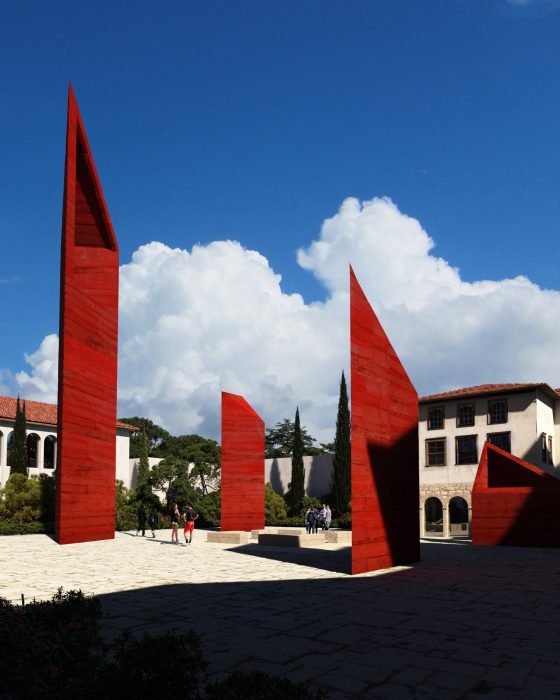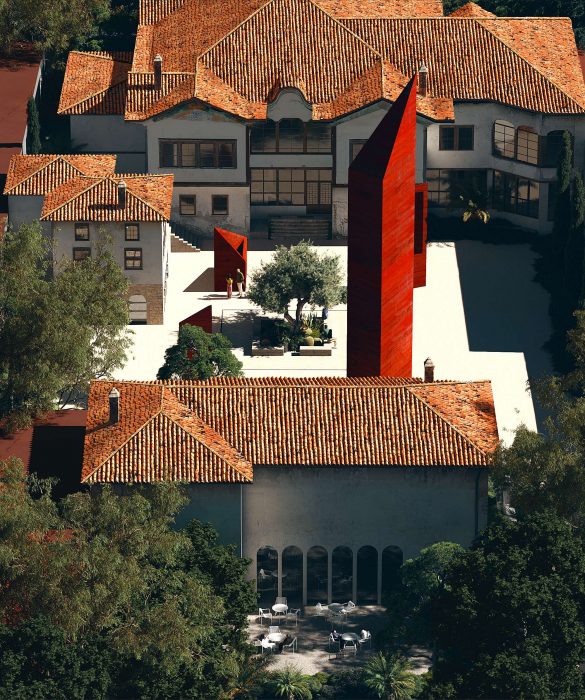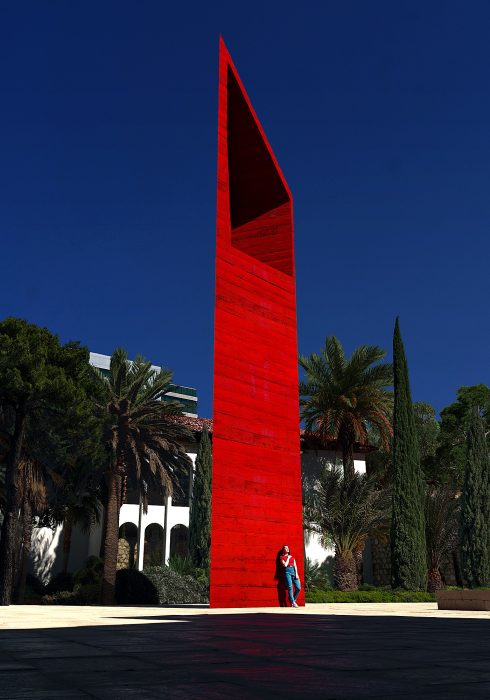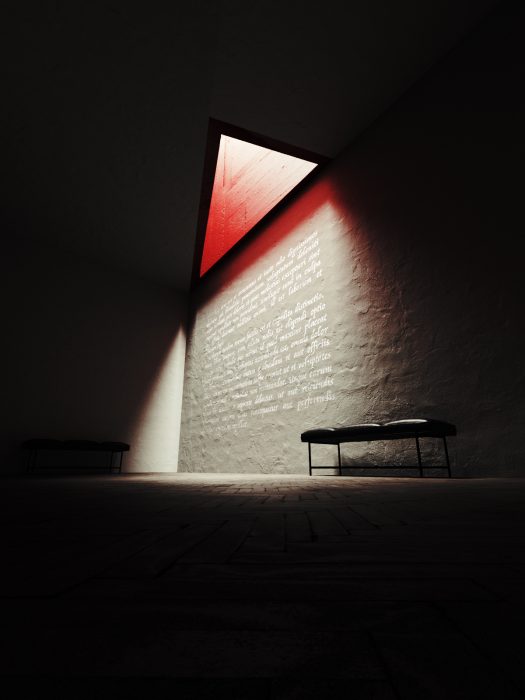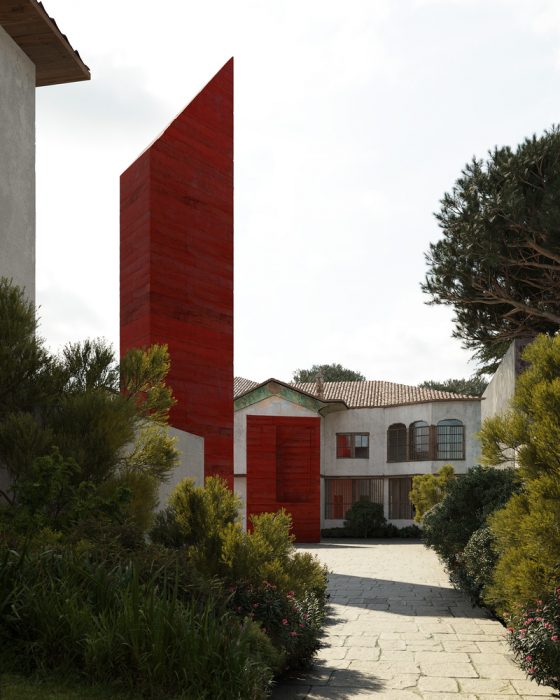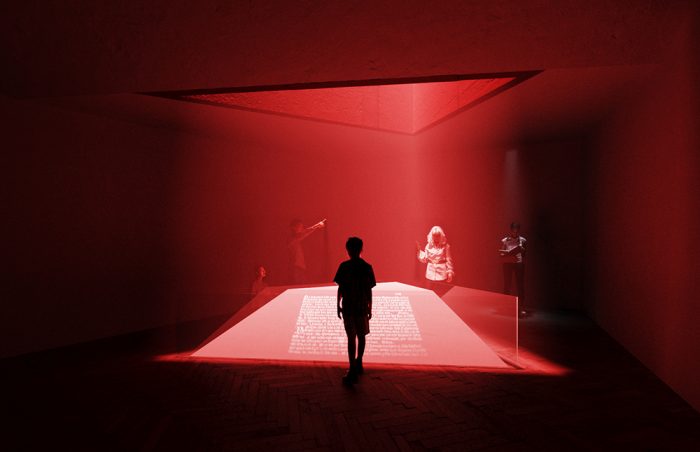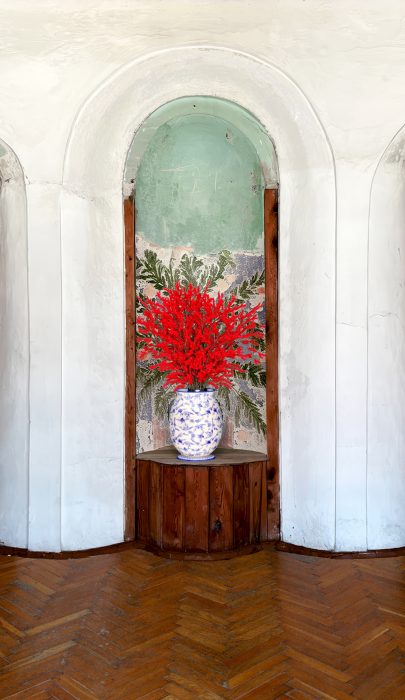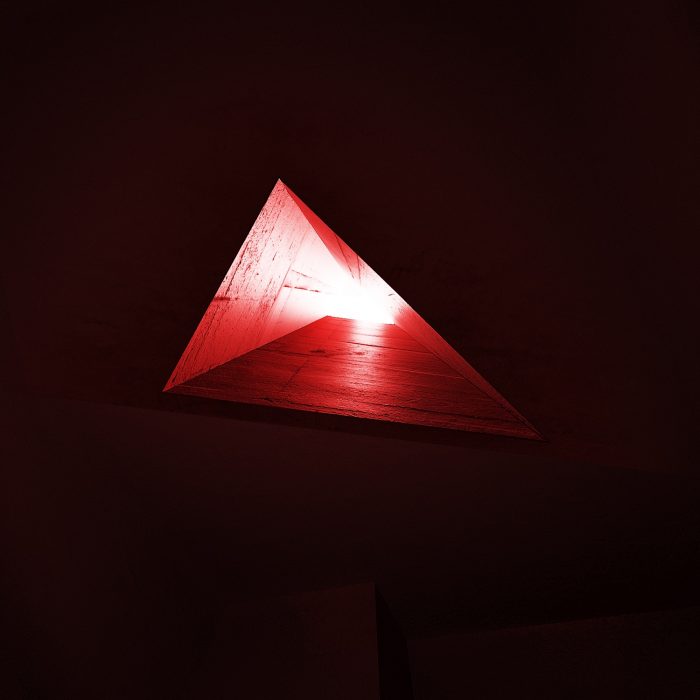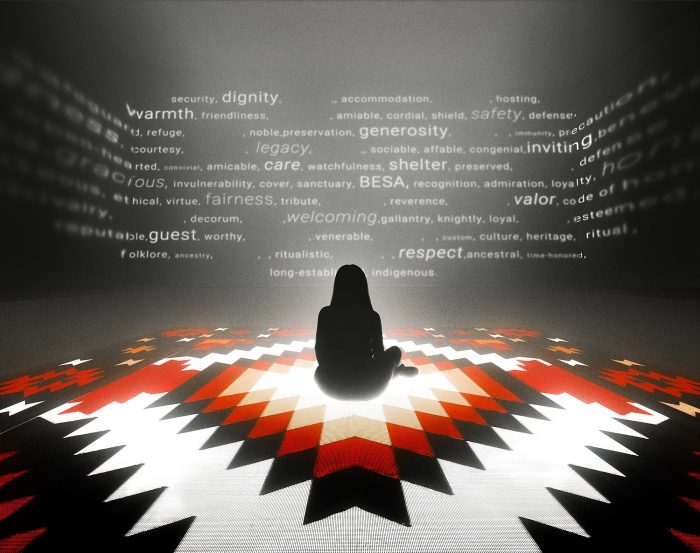Të dhëna mbi projektin
-
Studio
Oppenheim Architecture
-
Faqja e Studio
-
Tipologjia
Cultural
-
Statusi
Project Idea
Përshkrimi
“An Albanian who says besa once cannot in any way break [his] promise and cannot be unfaithful [to it].”
Mehmed Ferid Pasha, Ottoman-Albanian grand vizier, (1903)
On June 23rd 2023, a panel of judges, which included the Albanian Prime Misniter, the Albanian Minister of Culture, and internationally renowned architects from firms such as Zaha Hadid Architects and Fuksas, awarded Oppenheim Archietcture the winning proposal for the international concept design competition for the new Besa Museum in Tirana.
The restoration and musealisation of the Toptani Residence into a museum honoring the tradition of Besa, first required to have a solid understanding of what the deeply Albanian concept of Besa truly represents, then translating it into an experience accessible to both foreigner and locals alike.
In the Albanian tradition, Besa, is considered a sacred principle that guides the conduct of individuals in their daily lives and is at the core of the “Albanian way”. It is a promise, a given word, a vow to protect, a source of pride and the guiding principle of Albanian hospitality. Besa is not something that passively exists, it is a gift, given willingly, which connects and binds everyone involved.
Often translated as ‘faith’ or ‘word of honor,’ the word Besa is much more than that. It represents the obligation to keep a promise or fulfill a commitment, even at great personal cost. If an Albanian person gives their ‘Besa’ to protect someone, it’s such a strong promise, that even past death, one cannot break that promise. It is unfathomable. When Besa is given, life or death, heaven or hell, you have to fulfill that besa, even at great personal cost.
Besa is not limited to specific situations or relationships but is a guiding principle in various aspects of life. It can be applied to agreements, contracts, hospitality, and interpersonal relationships. For example, if a guest seeks refuge in an Albanian household and is granted besa, it means the host is obligated to protect and provide for the guest, even at the risk of their own life.
As we have come to understand it, the concept of Besa can be broken down into four Pillars of Besa:
Tradition; a set of customs, beliefs, values, practices, and behaviors that are passed down from one generation to another,
Protection; the act of safeguarding someone or something from harm, danger, or undesirable situations,
Hospitality; the act of providing a welcoming and generous reception to guests or visitors and
Honor; a concept that encompasses principles of integrity, respect, fairness, and moral uprightness.
Our concept for the new Besa museum revolves around creating spaces of gathering within the site, which mirrors traditional spaces while always relating to them. In that sense, the existing house itself becomes both the siege of the permanent exhibition and the exhibition itself. Each space is a testimony to the Albanian way of life through restoration of the rooms and art as well as the highlighting of important historical and current events during which Besa has guided Albanian hospitality: notably the welcoming of Jews during the holocaust as well as Kosovar and Afghan refugees in more recent times.
A New Wing
As a way to expand the museum and create space for temporary exhibition spaces, archives, auditorium and educational spaces, an entirely new wing is created under the courtyard and connected to the main house through
its cellar. Spatially, this new addition mirrors the organization of the ottoman structure, with a large gathering space in the center and adjacent rooms connected to It. Furthermore, each of the spaces in the new wing reflect one of the pillars of Besa, fully immersing the guests into the Spirit of what it means to live Besa.
Beacons
Not wanting the new wing to be completely disconnected from the outside world, the area above the central room becomes a gathering space in the courtyard in the form of a delineated zen garden, on the outskirts of which light wells emerge as beacons both bringing natural diffused light into the underground spaces, as well as announcing the presence of the museum to the greater city of Tirana. These beacons are the physical manifestation of the four Pillars of Besa.
A Holistic Approach
The Selamllëku building is also restored to be a part of the Besa Museum complex. Its ground floor is opened up liberating the arches and creating a through way, which greets all new arrivals and guide them towards the museum entrance. In a similar move, we propose that the house facing the museum be gutted and refurbished as a restaurant, café and shop facing the museum garden and looking back at the historical building.
In this way, the new Besa Museum is understood as embodying the concepts of Besa, it is an inviting space, signaling its presence to the city with the tower beacons and inviting everyone in to hospitable gathering spaces through which they can relax and learn more about the Besa way while being immersed in it.
“Every Albanian is born with a treasure. It does not matter the person’s status this treasure is measured in the value of Besa. Most remarkable is that the treasure of Besa cannot be taken by force or coercion. It can only be freely given and the more it is given, the more valuable it becomes.”
Oppenheim Architecture believes that all of the unified elements on the site should encompass the spirit of Besa. That is, the visitor’s experience should be carefully choreographed to allow them to feel the generosity and social compact at the heart of this moral code.
For visiting tourists, it should feel like an authentic embodiment—and a decoding—of the hospitality that has likely already been enjoyed in the country. For locals, it offers a unique expression of a cherished cultural trait. When people from both groups come together on the site, the resulting cultural exchanges should epitomize the concept.
We are interested in conveying besa as both externalized acts understood in Albanian society, and as an internalized frame of mind, carried by its citizens. That is, we aim to represent both how besa is known, and how besa is felt. We propose using two exhibition levels of the former Toptani family house (the first floor and below grade) to represent these dual understandings. The first floor introduces the concept and makes it tangible via its social, spatial, historical, and artistic manifestations. Once visitors understand its fundamentals, then can then go deeper, on the underground level, to explore how it lives in the DNA of the Albanian people.
On the first floor, we see an interplay between the decorative grace of the restored building (and its views over the grounds and the civic heart of Tirana) and carefully selected interventions in different rooms to make besa apparent and understood. By contrast, the underground level can be made more immersive, bringing visitors into a deep engagement with philosophical questions around the importance of loyalty and trust in society.
Visitors should feel as if they have discovered a unique jewel in the Albanian— and international—cultural landscape. They should also depart will a richer appreciation of their bonds to fellow members of their own society.
Therefore the studios proposes the creation not of a museum, but a place where Besa is experienced both in one’s head and one’s heart.
Vendndodhja
Tirana, Albania

